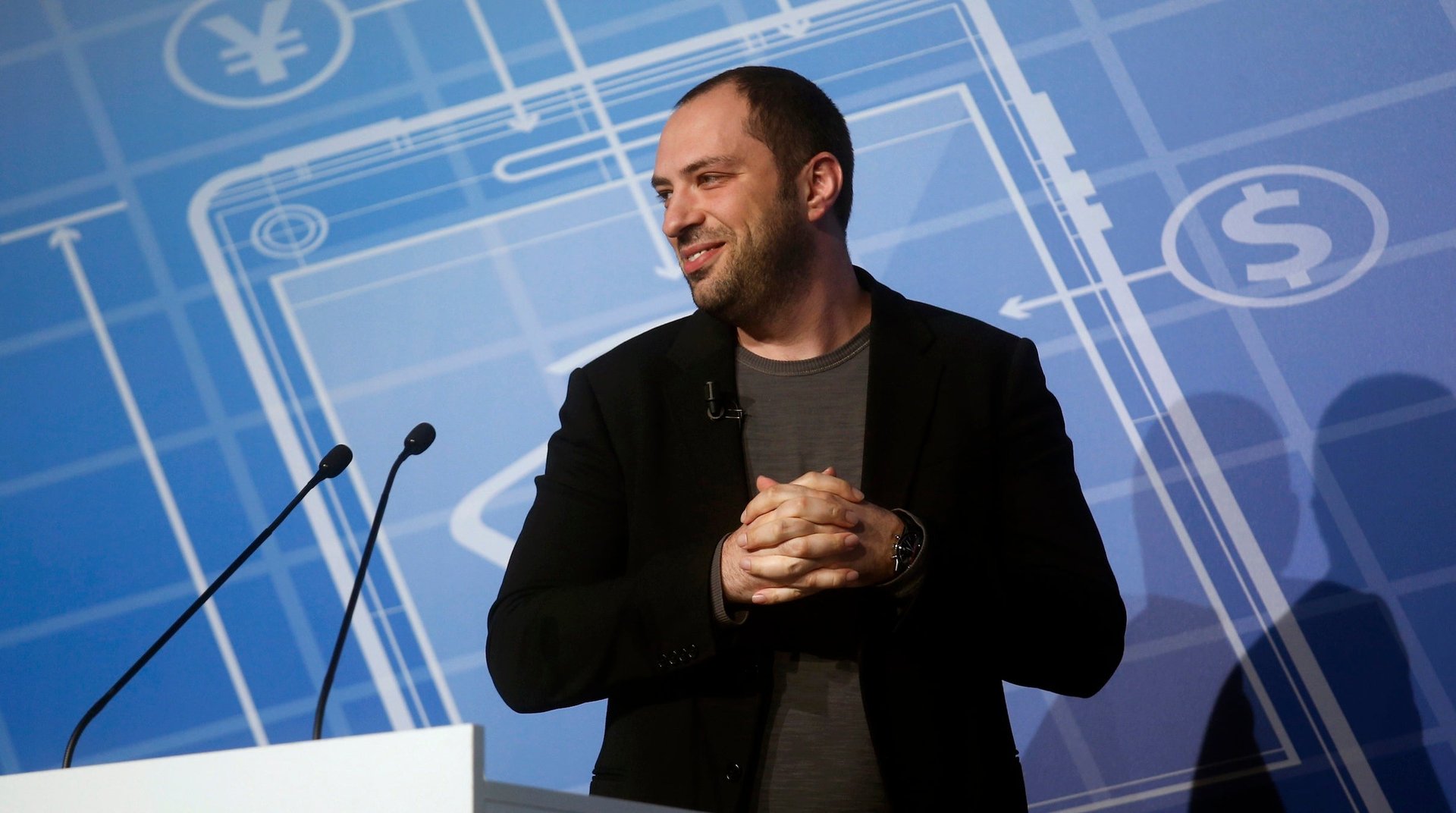What Facebook can learn from tech’s one-time acquisition champion
One of the biggest questions following an acquisition is how the acquired company will operate in relation to its new owner. After buying WhatsApp, Facebook CEO Mark Zuckerberg repeatedly emphasized that the startup would remain autonomous. But, as the history of technology dealmaking shows, that can be challenging to pull off successfully for all sides.


One of the biggest questions following an acquisition is how the acquired company will operate in relation to its new owner. After buying WhatsApp, Facebook CEO Mark Zuckerberg repeatedly emphasized that the startup would remain autonomous. But, as the history of technology dealmaking shows, that can be challenging to pull off successfully for all sides.
During the dotcom bubble, Cisco’s acquisition strategy helped make it the most valuable company in the world with a market cap of $555 billion dollars. Mimi Gigoux was senior director of acquisition integration at Cisco from 1996 to 2001, when it swallowed up dozens of companies (paywall) including Cerent, GeoTel, and Arrowpoint. It’s not unusual for a company to have a devoted acquisition team, but Cisco’s was notably large and successful.
“The more gentle and hands-off you are initially, the more comfortable it is,” Gigoux says. But in the long run, she adds, if you’re not going to integrate, why acquire at all?
Cisco’s strategy was to integrate organizations and keep product names the same. The “absolute core” of an acquisition was early independence.
Here’s how the tech giant achieved this:
- Cisco divisions had to go through Gigoux’s team to make sure they were essential to the integration before they could work with an acquired company. If there wasn’t an immediate need to get involved, they had to wait. This ensured avoiding a flood of people and information that would only confuse new employees and kill momentum.
- Initial changes and decisions were relatively small and quick; bigger ones were forecasted or made in advance of the acquisition to avoid conflict.
- Over time, Cisco learned to leave research and development, sales, and product marketing alone at the outset because those departments were most prone to being disrupted and slowing down the acquired business.
Gigoux says, ”You can also blow it by being too hands off.”
Ensuring independence isn’t exactly pain-free. Where there’s overlap, companies have to clearly communicate personnel changes and reassignments.It’s paramount that key people, or “anchor employees” are kept in place, which is something Cisco was good at. This is important in retaining an employee base since leadership gives workers a voice during integration. You can contractually require employees to remain on board but it’s necessary that they have interesting roles and an appealing future, too.
Like Facebook, other tech companies have pledged to keep their acquired companies independent, but with varying degrees success. Amazon has left Zappos largely and successfully independent, which has worked out for both companies. But many acquired companies wither after they’re snatched up—examples include: Yahoo’s purchase of Geocities and Google’s buy of Dodgeball.
At Geocities, Yahoo angered users by changing terms of service and adding pay-premium services. It then stopped investing in the company as the site grew less popular. At Google, future Foursquare founder Dennis Crowley felt lost after Dodgeball was purchased and then slowly starved of resources. He and his co-founder never figured out what their roles were at their new employer.
Some companies fail by not completely integrating. Differences in compensation, work environment, authority levels, and title end up becoming confusing friction points. Responsibilities overlap, and it’s difficult for the combined company to realize the benefits of being united.
Former Cisco chief strategy officer and Index Ventures partner Mike Volpi sees similarities between Cisco and Facebook’s strategies, though he doesn’t see long-term independence as the best path.
“My opinion is that acquired companies should not be kept independent over the long term,” Volpi wrote in an email to Quartz. “It prevents them from taking advantage of the scale and scope of the acquirer. More thorough integrations also present a more coherent front to the customers and users.”
On a call on Feb. 19 press call about the WhatsApp acquisition, Zuckerberg said that Instagram (which the company acquired in 2012) has been able to take advantage of Facebook’s infrastructure, recruiting ability, and employees. Instagram’s impressive user growth so far is a testament to Facebook’s ability to make a successful, and relatively hands off, acquisition.
The real test will be if and when things change at WhatsApp. It may be run autonomously, but that doesn’t mean Facebook won’t find a way to funnel users to its platform. Facebook is currently in a position of strength (paywall), particularly with mobile ads, so it has some leeway with investors to focus on user growth.
That reduces pressure on Instagram (150 million users) and WhatsApp (450 million users) to monetize their huge user bases right now. The acquisition of WhatsApp has been portrayed as a way to give the company more time to grow users without worrying as much about making money. But that won’t last forever.
It was the promise of autonomy that convinced WhatsApp Founder Jan Koum to visit Zuckerberg on Valentine’s Day and agree to the deal. It’ll take a lot of work for Zuckerberg to make good on that promise.